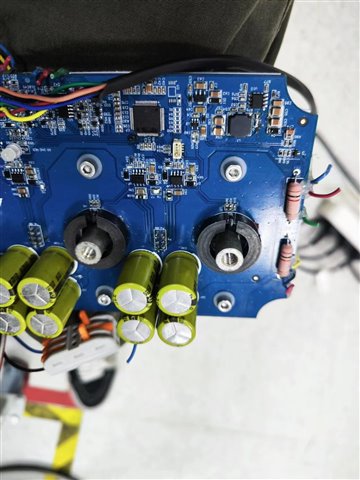Hi team,
1, as shown in the figure, we use open-loop measurement to detect the current and then to calculate the magnetic induction strength B, we use B = µ0 * H (where µ0 is the vacuum permeability, H is the magnetic field strength generated by the wire), H = N * I / d (where the copper column can be considered as a single wire so N = 1, I is the current through the conductor, d is the magnetic ring opening distance). Is the calculation right?
2, on the DRV5056, I see this formula VOUT = VQ + B × Sensitivity(25°C) × (1 ( + STC × (TA ± 25°C))), does this mean that using this formula will be able to ignore the effect of temperature rise on DRV5056?
3, if we want to achieve the full temperature range, the maximum error of the test current within 3%, is it possible?


